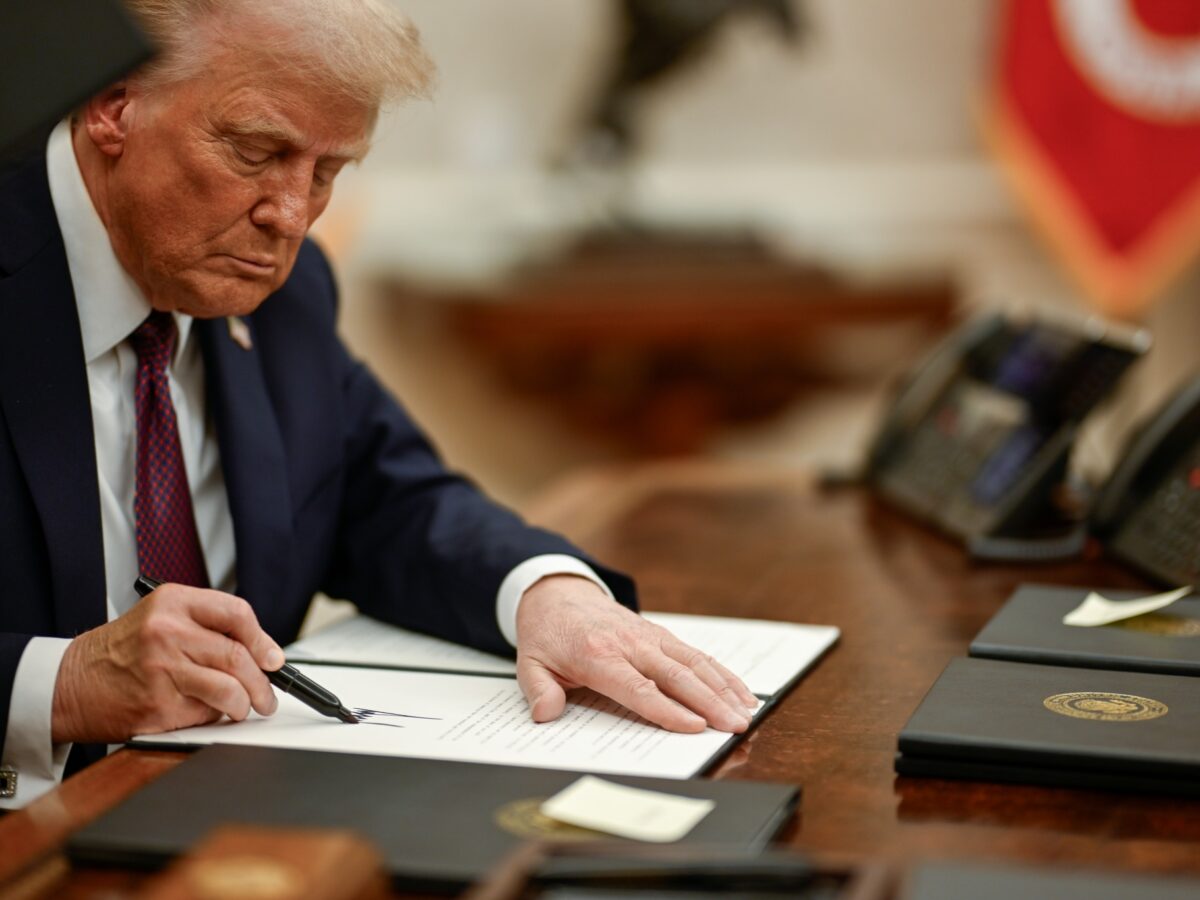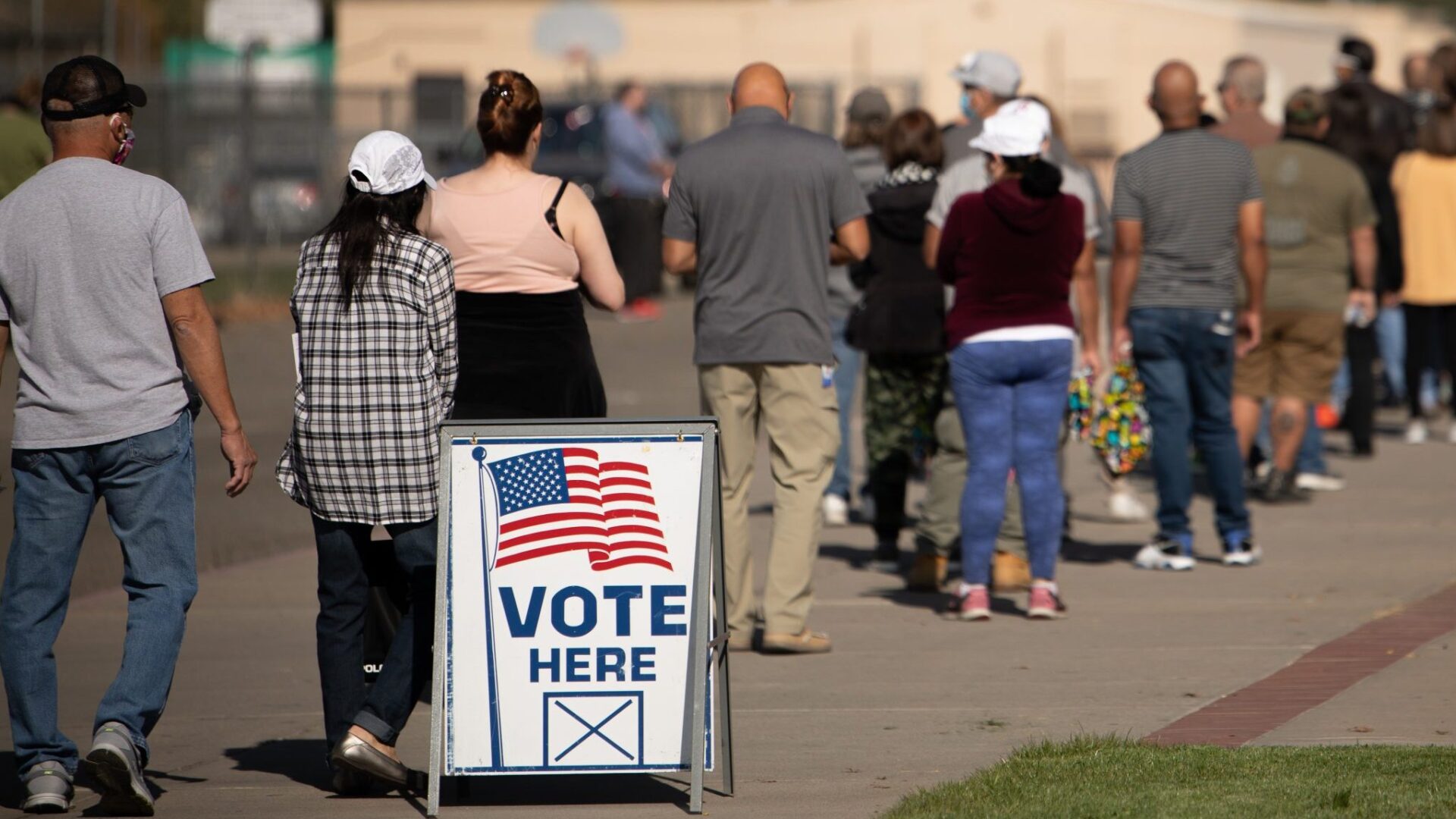The first 100 days of President Donald Trump’s second term have been characterized by sweeping executive orders, significant policy changes, and administrative restructuring. From immigration enforcement to international trade policies, the administration has implemented numerous initiatives that have reshaped aspects of governance and international relations. This overview examines the key developments that have defined this consequential period.
Immigration Enforcement Measures
The Trump administration has prioritized immigration enforcement since day one. On his first day in office, President Trump pardoned over 1,500 people convicted on January 6 Capitol riot charges. By the end of the first 100 days, he signed three executive orders targeting sanctuary cities, providing legal defense for police accused of misconduct, and requiring professional truck drivers to speak English.
Immigration policies expanded over the three-month period to include the use of the 1798 Alien Enemies Act to deport alleged gang members, though this action faced significant legal challenges. The administration also terminated temporary protected status for over 300,000 Venezuelans and authorized the military to take more direct control of land at the US-Mexico border.
Government Restructuring and the Department of Government Efficiency
One of the defining features of Trump’s second term has been the establishment of the Department of Government Efficiency (DOGE), led by Elon Musk. This initiative aimed to reduce the federal workforce and streamline government operations. By February, federal employees received an ultimatum to return to in-person work or accept buyouts.
The administration’s efficiency drive resulted in approximately 75,000 federal employees accepting deferred buyouts. Additionally, the administration attempted to eliminate several agencies, including proposing the shutdown of the Federal Emergency Management Agency (FEMA) and beginning the process of dismantling the Department of Education, though these efforts faced legal challenges.
Trade Policy and “Liberation Day”
April 2, 2025, dubbed “Liberation Day,” marked a significant shift in US economic policy when Trump announced sweeping new tariffs. The plan included a baseline 10% tariff on all imports and higher “reciprocal” rates for dozens of countries, reaching up to 145% for Chinese goods.
The tariff announcements caused significant market volatility, with US markets experiencing their worst single-day losses in nearly five years. However, by April 9, the administration paused most tariffs for 90 days due to market pressures, though maintaining elevated tariffs on Chinese goods. By the end of the 100 days, Trump indicated tariffs would be reduced “substantially” but not eliminated.
Foreign Policy and Ukraine Relations
The administration’s approach to Ukraine underwent significant changes during this period. In February, a tense Oval Office meeting between Trump and Ukrainian President Volodymyr Zelenskyy ended with Zelenskyy leaving early without signing a proposed minerals deal. By March, Trump paused all military aid to Ukraine and stopped intelligence sharing with the country.
However, by late April, following a meeting at the Vatican during Pope Francis’s funeral, Trump showed signs of warming to Zelenskyy while issuing rebukes to Russian President Vladimir Putin. Trump set a two-week deadline to reach an outline of a peace deal, demonstrating an evolving stance on the conflict.
Legal Challenges and Judicial Pushback
The administration faced numerous legal challenges to its policies. Federal judges blocked attempts to end birthright citizenship, temporarily halted the deportation of Venezuelan alleged gang members, and ruled that mass firings of probationary employees were likely illegal.
In what became one of the most contentious cases, the Supreme Court ordered the administration to “facilitate” the return of Kilmar Ábrego García, a Maryland man wrongly deported to El Salvador. This case highlighted tensions between the administration and the judiciary, with Chief Justice John Roberts issuing a rare public rebuke of Trump after the president called for the impeachment of a federal judge.
Nationwide Protests and Public Response
Public reaction to the administration’s policies included widespread demonstrations. On April 5, more than 1,000 “Hands Off” protests took place across the US, organized by over 150 groups including civil rights organizations, labor unions, and election activists. The demonstrations focused on issues including federal worker firings, deportations, and funding cuts to various programs.
By the end of the 100-day period, polls showed Trump with historically low approval ratings, including negative ratings on handling signature issues such as immigration, indicating divided public opinion on the administration’s policy direction.
Contact us today through our website or WhatsApp to discover how we can help you achieve success in the United States. Together, we can turn dreams into reality.
Information source: theguardian.com | time.com



